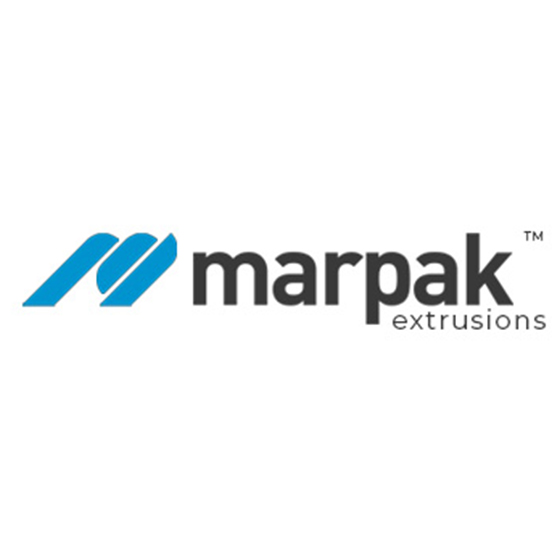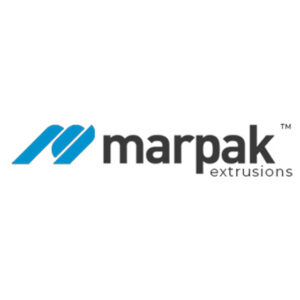Whether you’re a multinational chain or a small retail outlet, you’re likely to have heard of the British Retail Consortium (BRC). What you may not know is that the BRC is a leading global brand dedicated to 80% of the UK’s retail brands by turnover, and with Packaging Standards chosen by over 1,500 suppliers in 65 countries.
Here’s a brief overview of what the BRC Packaging Standards give you and what they cover.
Confidence in Your Brand
No matter your business size, if you’re known to meet the BRC Packaging Standards, your customers will see you as reputable. The logo can appear on your products to inspire confidence and you’ll also be listed on the BRC Directory.
Many retailers, raw material processors, and packaging manufacturers officially support the BRC’s Packaging Standards, and being trained in the Standards also reduces the risk of your business receiving complaints, recalls, and rejected products.
Rigorous Certification Process
Part of the reason the BRC Packaging Standards are so well received is their robust attitude toward due diligence, good practice, and continual improvement. This reputation is bolstered by a HACCP and hazard and risk management based approach that will protect your brand and business.
Clarity of Certification Process
Highly qualified auditors, a clear certification process, and comprehensive support when you need it ensures you’ll have an excellent chance of meeting the BRC’s rigorous Packaging Standards. If you’re confident your packaging is of a high quality, you’ll only pay for the auditing process.
Meanwhile, certification from this globally recognised organisation will reduce the risk of you being audited at your customer’s request. If you’re concerned about foreign translation, the BRC Packaging Standards are already available in four languages with more on their way.
Materials Covered by the Standards
The BRC has broken the packaging industry into five separate sectors incorporating glass, paper and board, metals including cans and foil products, rigid and flexible plastics, and wood and other materials.
In regards to hygiene risks, the BRC has created two stratums. The high-risk category covers all packaging that comes into direct contact with food, while the low-risk category applies to non-food packaging. The requirements of the Standard vary according to the risk category applicable to your products.
Who Will the BRC Certification Impact?
As the BRC operates to rigorous standards and encourages ongoing training, it’s vital that your organisation’s senior management are aware of all BRC requirements and fully committed to their implementation. BRC Consultants will detail what is required of your senior management team and you can rest assured that all training and certification is identical, irrespective of the trainer or certification body. The only way a packaging quality management system will work in your organisation is by receiving buy-in from your top team.
Technical Management Systems
The BRC’s technical management system requirements cover product specifications, traceability, and monitoring of suppliers. Management of incidents and response, plus management of product recalls also fits under this umbrella.
The BRC chooses to use ISO 9000 standards as the basis for training and certification, as they focus on the efficient use of resources, improved risk management, and increased customer satisfaction through consistency of delivery.
Hazard and Risk Management Systems
The BRC’s basis for this section of the Standard is the Codex Alimentarius. Given that Codex serves as a basis for national legislation relating to pesticides, contaminants and biotechnology, you can trust any certification that uses them as a springboard.
Site Standards
Packaging your product doesn’t begin and end at the conveyor belt. BRC lays out firm expectations regarding hygiene, pest control, and waste management in packaging buildings and warehouses. Maintenance of buildings and layout are also considered during the auditing process.
Product Control, Process Control and the Human Element
The BRC maintains strict requirements regarding product design at a developmental stage. They’ll also look at how your products are tested and inspected, what happens with regards to chemical control, and strategies around foreign bodies in food products. Finally, staff training including the necessity of protective clothing and personal hygiene is undertaken.
The BRC is highly regarded around the globe and for good reason. If you want to minimise the risk to your business, while having less to worry about at the all-important level of packaging, you won’t find a more rigorous, fair, or reputable certification supplier.



